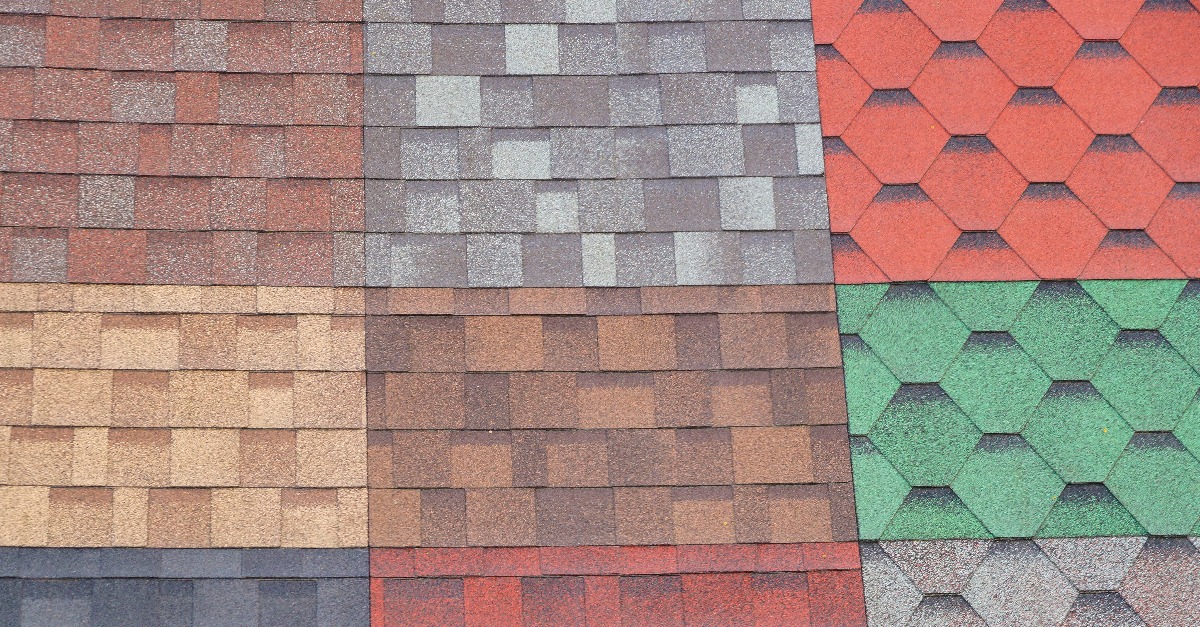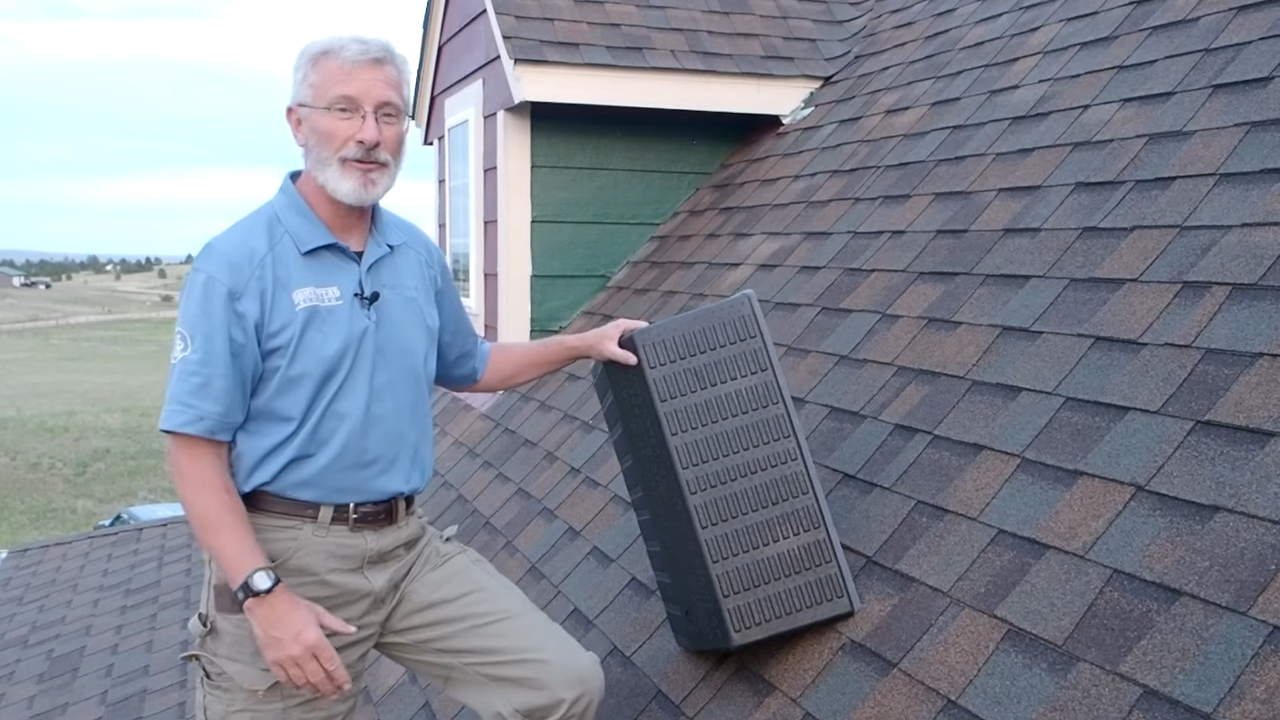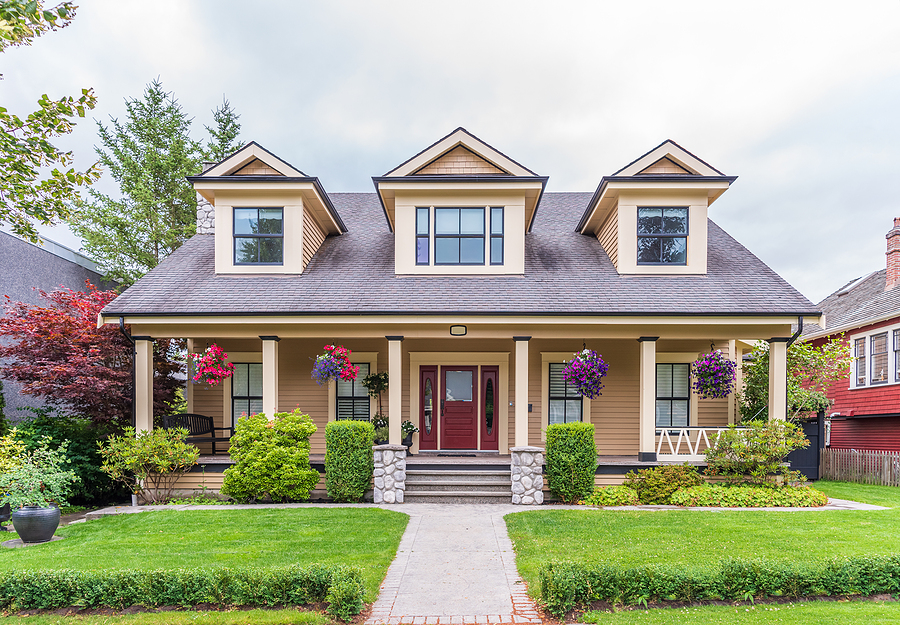Skylights come in all shapes and sizes. There are the old-school dome skylights that were popular in the 70s, tubular skylights that funnel light down a small tube, and fixed skylights that don't open at all. The best skylights for you will depend on you and your home, but the most popular type of skylight on the market today is the ventilating skylight, which can be opened to let in the fresh air and help regulate indoor temperatures.
No matter what type of skylight you choose, all models will need to be installed by a professional roofer. Skylights are designed to create a watertight seal on your roof, so it's important that they're installed correctly to avoid leaks.
There are a few things to consider before choosing a skylight for your home. The first of those is the size of the skylight, the type of glass, the type of glazing, and the energy efficiency, among other things like whether you have slanted or flat roofs.
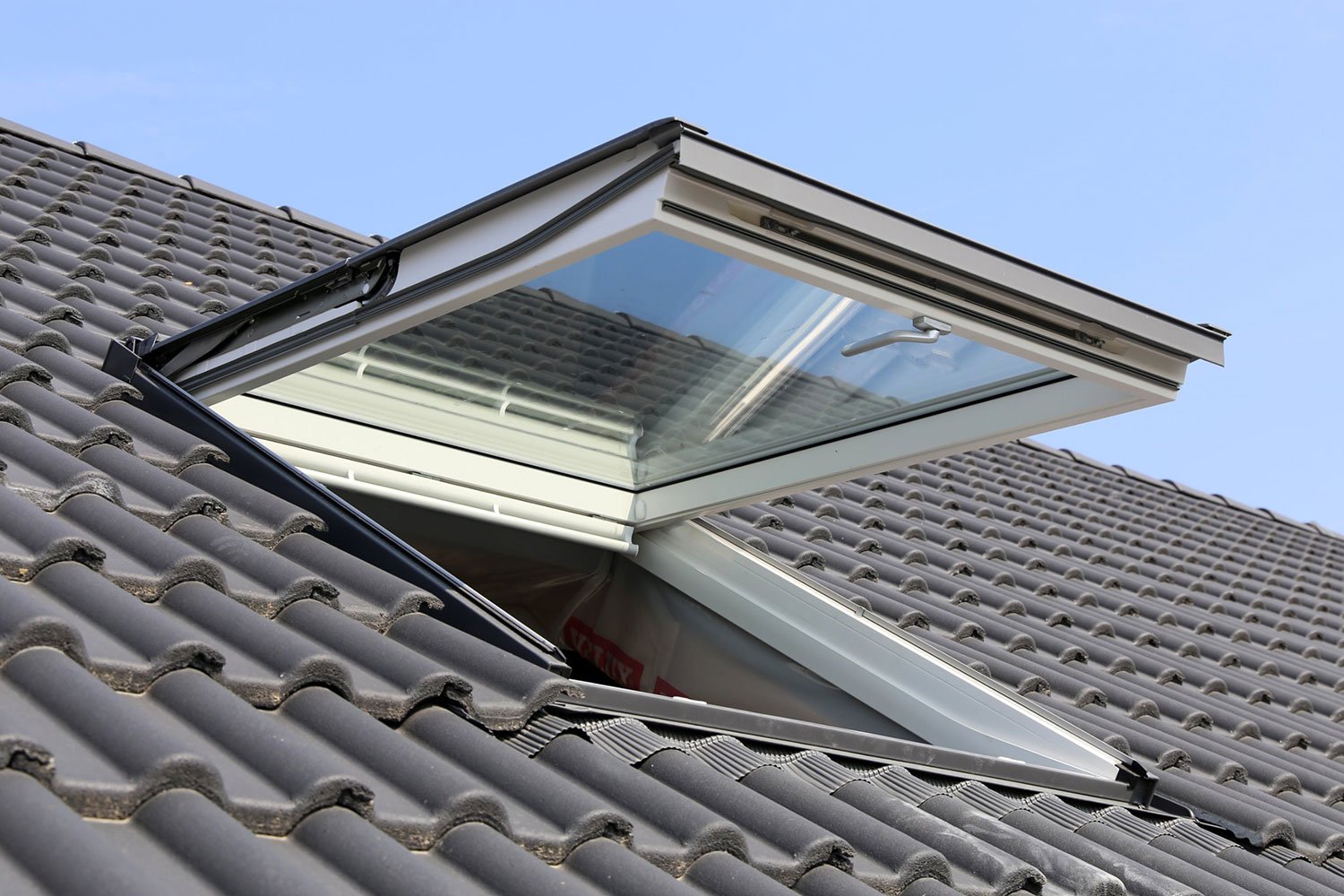
Size of the Skylight & Natural Light
Do you have a dark room? How dark? Skylights are available in standard sizes, but can also be custom-ordered to fit your specific needs. The second thing to consider is the type of glass. Glass choices include clear, tinted, or Low-E (low emissivity) glass.
Type of Glass
Clear glass will let in the most light, but it can also create a glare problem inside your home. Tinted glass will reduce the amount of light coming in, but it can also help reduce the amount of heat coming in during hot summer months. Low-E glass is coated with a special film that reflects heat, making it more energy efficient.
The third thing to consider is the frame material. Skylights are available with wood, aluminum, or vinyl frames.
Type of Glazing
Plastic Glazing
This is the most common type of glazing. It's made from durable plastic that's impact resistant and won't break or crack easily.
Acrylic Glazing
This type of glazing is made from clear, lightweight plastic. It's shatter-resistant and can be tinted to reduce the amount of light coming in.
Glass Glazing
Glass glazing is the most expensive option, but it's also the most durable. It won't break or crack easily and can be tinted to reduce the amount of light coming in.
Most skylights are double-glazed tempered glass, which means there are two panes of glass separated by a spacer. The spacer is filled with air or argon gas to insulate the skylight and reduce energy loss. Skylights with triple-glazing have three panes of glass separated by two spacers. Triple-glazed skylights are more energy efficient than double-glazed skylights, but they're also more expensive.
There are also skylights made from laminated glass, which is two pieces of glass bonded together with a layer of plastic in between. Laminated glass is more shatter-resistant than tempered glass and can help reduce noise levels inside your home.
Frame Material
Wood frames are the most traditional and can be stained or painted to match the rest of your home's trim. Aluminum frames are more durable and require less maintenance than wood, but they're also more expensive. Vinyl frames are the most affordable option and are available in a variety of colors.

Skylights vs Roof Windows
The main difference between a skylight and a roof window is that skylights are installed on your roof, while a roof window is installed on your walls. Skylights let in more light than roof windows, but they're also more expensive and require more maintenance.
Types of Skylights
The best skylights for you will depend on your roof. The four most common types of skylights are curb-mounted, deck-mounted, flush-mounted, and hip roofs, and each one is better for a different person.
Curb-Mounted Skylights
Curb-mounted skylights sit on top of a metal frame that's installed on your roof. This type of skylight is the most popular and can be installed on most types of roofs.

Tubular skylights
A tubular skylight is a type of curb-mounted skylight. They have a metal or plastic tube that runs from the roof to the ceiling. Tubular skylights are more energy efficient than traditional skylights because they lose less heat and cool air.
Deck-Mounted Skylights
Deck-mounted skylights are installed directly into your roof deck. This type of skylight is best for flat or low-pitch roofs.
Flush-Mounted Skylights
Flush-mounted skylights sit flush with your roof. This type of skylight is best for slate or tile roofs.
Hip Roof Skylights
Hip roof skylights are installed on the slope of a hip roof. This type of skylight is best for homes with hip roofs.
Fixed Skylight
A fixed skylight is a skylight that can't be opened. Fixed skylights are less expensive than ventilated skylights, but they don't provide as much ventilation.
Ventilating Skylight
A ventilated skylight can be opened to allow fresh air into your home. Ventilated skylights are more expensive than fixed skylights, but they provide better ventilation.
Remote-Operated Skylight
A remote-operated or operable skylight is a skylight that can be opened and closed using a remote control.
There are also automatic skylights that will detect rain and close automatically to make sure no rain gets into your house. Check out this demo from Velux or the video above to see how this works.
Exterior Weep Gutters
An exterior weep gutter is a type of skylight that has an external drainage system. This type of skylight is best for homes in areas with a lot of rain or snow.
No matter what type of skylight you choose, be sure to have it installed by a professional roofer to avoid leaks.
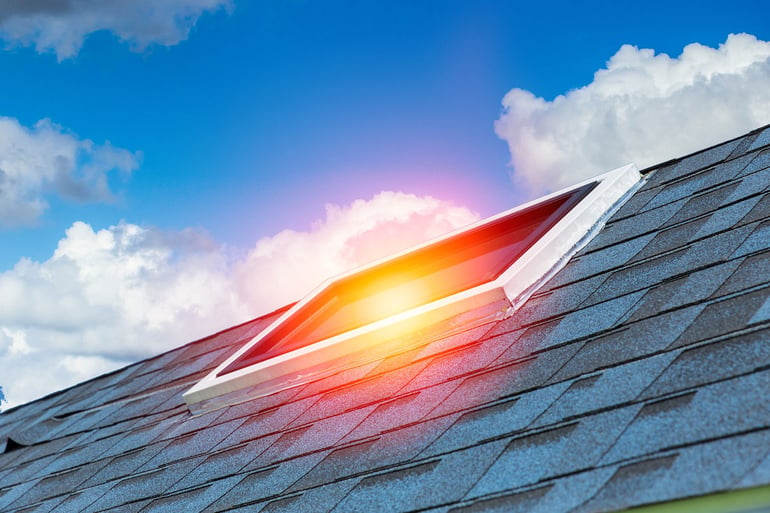
Energy Efficiency
The energy efficiency of a skylight depends on the type of glass and glazing, the frame material, and the type of skylight. Skylights with double- or triple-glazed tempered glass are the most energy efficient. Skylights with acrylic or laminated glass are also energy efficient. Skylights with wood frames are less energy efficient than skylights with aluminum or vinyl frames.
Positioning
The position of your skylight can also affect its energy efficiency. Skylights that are installed on south-facing roofs will let in more light and heat than skylights on north-facing roofs. Skylights on the east- and west-facing roofs will let in less light and heat than skylights on south-facing roofs.
To maximize energy efficiency, choose a skylight with double- or triple-glazed tempered glass and an aluminum or vinyl frame. Position the skylight on a south-facing roof for maximum light and heat exposure.
UV Rays
All skylights let in UV rays, which can fade your furniture and floors. To reduce the number of UV rays that come in through your skylight, choose a skylight with low-E glass. Low-E glass is coated with a thin layer of metal oxide that reflects UV rays.
Skylight Installation
Skylight installation is a job that should be left to professionals. Skylights are installed by cutting a hole in your roof and installing a metal frame. The skylight is then inserted into the frame and sealed to prevent leaks.
Make sure you choose a reputable company with experience installing skylights. Be sure to get a written estimate before having any work done.
Skylights are a great way to add natural light and ventilation to your home. But, before you choose a skylight, there are a few things you should consider.

Problems with Skylights
Skylights can be a great addition to your home, but they're not right for every situation. If you have an existing roof leak, for example, a skylight can make the problem worse. Skylights are also not recommended for rooms that get a lot of direct sunlight, as they can cause the room to become too hot.
When installed correctly, however, skylights can provide your home with natural light and fresh air. They can also help reduce your energy costs by keeping your home cooler in the summer and warmer in the winter. Skylights are an investment, but one that can pay off in the long run.
Skylights are a great way to let natural light into your home, but they definitely have pros AND cons:
Pros:
1. Skylights can provide your home with natural light and fresh air.
2. Skylights can help reduce your energy costs by keeping your home cooler in the summer and warmer in the winter.
3. Skylights are an investment, but one that can pay off in the long run.
Cons:
1. If you have an existing roof leak, a skylight can make the problem worse.
2. Skylights are not recommended for rooms that get a lot of direct sunlight, as they can cause the room to become too hot.
3. Skylights can be a high-maintenance feature of your home, requiring regular cleaning and repairs.
If you're thinking about adding a skylight to your home, be sure to do your research and consult with a professional before making a decision. With a little bit of planning, skylights can be a great way to let natural light into your home.
If you're thinking about putting a skylight in your house, get in touch today!


